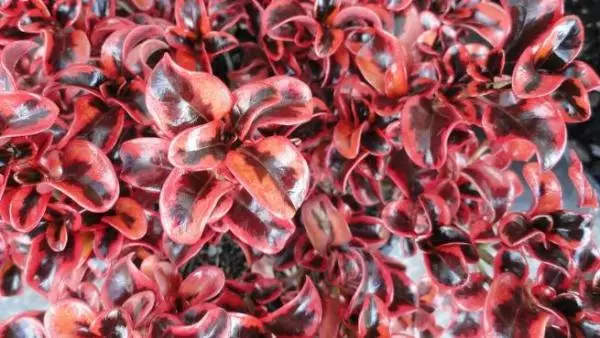The so-called mirror plant belongs to the Rubiaceae family and the Coprosma genus , made up of almost 200 species of small trees and shrubs that originate in New Zealand. With the right conditions it can be grown anywhere in the world, and it is a shrub also known as coprosma or brilliantly, its most common species being coprosma ciliata, coprosma acerosa and coprosma grandifolia, among others.
It is a fast-growing shrub that can exceed 5 meters in height, although there are many species that do not exceed 2 and are perfect for both indoors and outdoors. Its leaves are thick, shiny, and oval, and it is a plant that produces small flowers that are not very decorative, although its fruits are thanks to its orange color.
Basic mirror plant care
Next we are going to offer you a list with the essential cares of the mirror plant:
- Location : it is used especially to make hedges, cover spaces and even in pots for terraces. It needs to be in a place with full sun, being able to live in semi-shady areas although it will not shine as much.
- Temperature : it is very resistant in this sense, and can even withstand frosts if they are sporadic and do not go below -5ºC.
- Soil : although it can develop well in calcareous ones, those that are fertile and light do better, especially if they contain some organic matter.
- Transplantation : the best time to do it is during the spring.
- Watering : it has to be moderate since it is a very resistant shrub to drought, so wait for the soil to dry well before adding water again.
- Pruning : it only needs the training so that you can give it the desired shape.
- Pests and diseases : very resistant also in this sense, it is not usually attacked unless you have completely passed its care.
- Multiplication : the best option is to make it from cuttings in late winter.

